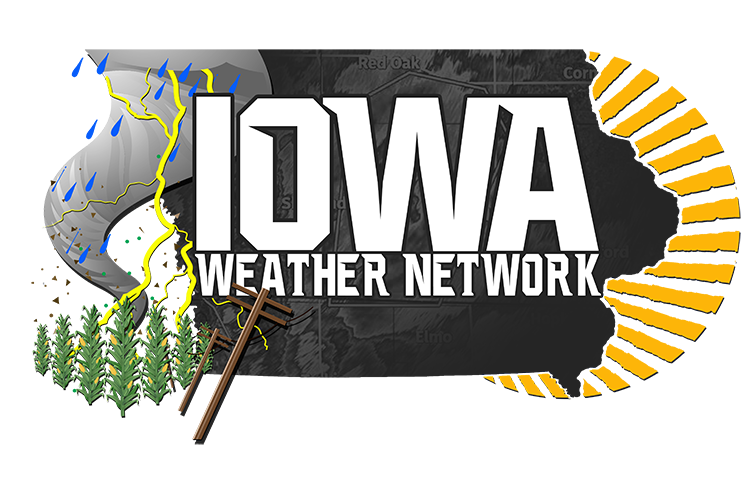← Previous May 17, 2024 12:59 AM
ACUS01 KWNS 170600 SWODY1 SPC AC 170559 Day 1 Convective Outlook NWS Storm Prediction Center Norman OK 1259 AM CDT Fri May 17 2024 Valid 171200Z - 181200Z ...THERE IS A SLIGHT RISK OF SEVERE THUNDERSTORMS THIS AFTERNOON INTO TONIGHT ACROSS PARTS OF SOUTHEASTERN MONTANA...NORTHWESTERN SOUTH DAKOTA...MUCH OF NORTH DAKOTA...SOUTHEASTERN LOUISIANA...SOUTHERN MISSISSIPPI...SOUTHERN ALABAMA...SOUTHWESTERN GEORGIA AND THE WESTERN FLORIDA PANHANDLE... ...SUMMARY... Severe thunderstorms may impact parts of the central into eastern Gulf Coast states and portions of the northern Great Plains this afternoon through tonight. ...Synopsis... A belt of seasonably strong west-southwesterly mid/upper flow will continue to gradually overspread the Gulf Coast states today. Near the leading edge of this regime, models suggest that a convectively augmented perturbation will weaken while progressing east of the central Gulf coast/lower Mississippi Valley vicinity into the Southeast this morning. This will be trailed by at least a couple of additional perturbations emanating from shearing larger-scale troughing emerging from the Southwest. By 12Z this morning, a lower/mid-tropospheric baroclinic zone, demarcating the northern periphery of warmer and more strongly capping elevated mixed-layer air, may be roughly aligned with the northwestern/north central Gulf coast after having been suppressed southward. Preceding the primary remnant upstream troughing, it appears that the warmer air aloft may return east-northeastward across southeastern Louisiana through the eastern Gulf states during the day. Although perhaps initially slowed by convective outflow still advancing southward into the northeastern Gulf this morning, boundary-layer moistening beneath this regime across southeastern Louisiana through much of southern Mississippi and Alabama may contribute to a corridor of moderately large mixed-layer CAPE by late this afternoon. Meanwhile, in higher latitudes, models indicate that a seasonably strong belt of westerlies emerging from the northern mid-latitude Pacific will continue to nose eastward across the northern Rockies and Great Plains today through tonight. Significant cyclogenesis is already underway to the lee of the Canadian and northern U.S. Rockies. While the initial cyclone may deepen further across Saskatchewan, models indicate that a notable secondary surface cyclone may form east-northeast of the Bighorn Basin through the northern Great Plains Red River Valley later today through tonight. Despite strengthening southerly low-level wind fields ahead of an associated cold front, low-level moisture content likely will remain seasonably low across much of the northern Great Plains, but steepening lapse rates may still contribute to weak/modest boundary-layer destabilization. ...Central/Eastern Gulf States... In the wake of the weakening convective perturbation, the most favorable mid/upper support for renewed convective development may not begin impacting the region until mid/late evening. However, it appears that the environment across much of southeastern Louisiana through southern Mississippi/Alabama, southwestern Georgia and western Florida will become at least conditionally supportive of severe storm development, including supercells, by late this afternoon. While potential convective evolution remains uncertain, isolated to widely scattered thunderstorm initiation seems possible late this afternoon into this evening, before a more notable increase in thunderstorm development and upscale growth occurs this evening into the overnight hours. Stronger storms will pose an initial risk for large hail, locally damaging wind gusts and perhaps a couple of tornadoes, before potentially damaging wind gusts becomes the more prominent potential hazard tonight. ...Northern Great Plains... Although there is spread within/among the various model output, guidance (particularly the latest NAM) is suggestive that increasing high-based thunderstorm development along the higher terrain of southeastern Montana may generate a significant northeastward/eastward propagating cold pool by late this afternoon. Forecast soundings suggest that a deeply mixed boundary layer will contribute to sub-cloud evaporative cooling and potential for severe surface gusts. As this advances across portions of the western Dakotas, it may encounter at least somewhat more unstable boundary-layer air and contribute to further intensification. In the presence of strengthening deep-layer shear, an increasingly organized convective system may evolve and progress across the middle Missouri into Red River Valley, accompanied by a risk for severe hail and continuing risk for severe wind before weakening overnight. ..Kerr/Bentley.. 05/17/2024 $$
